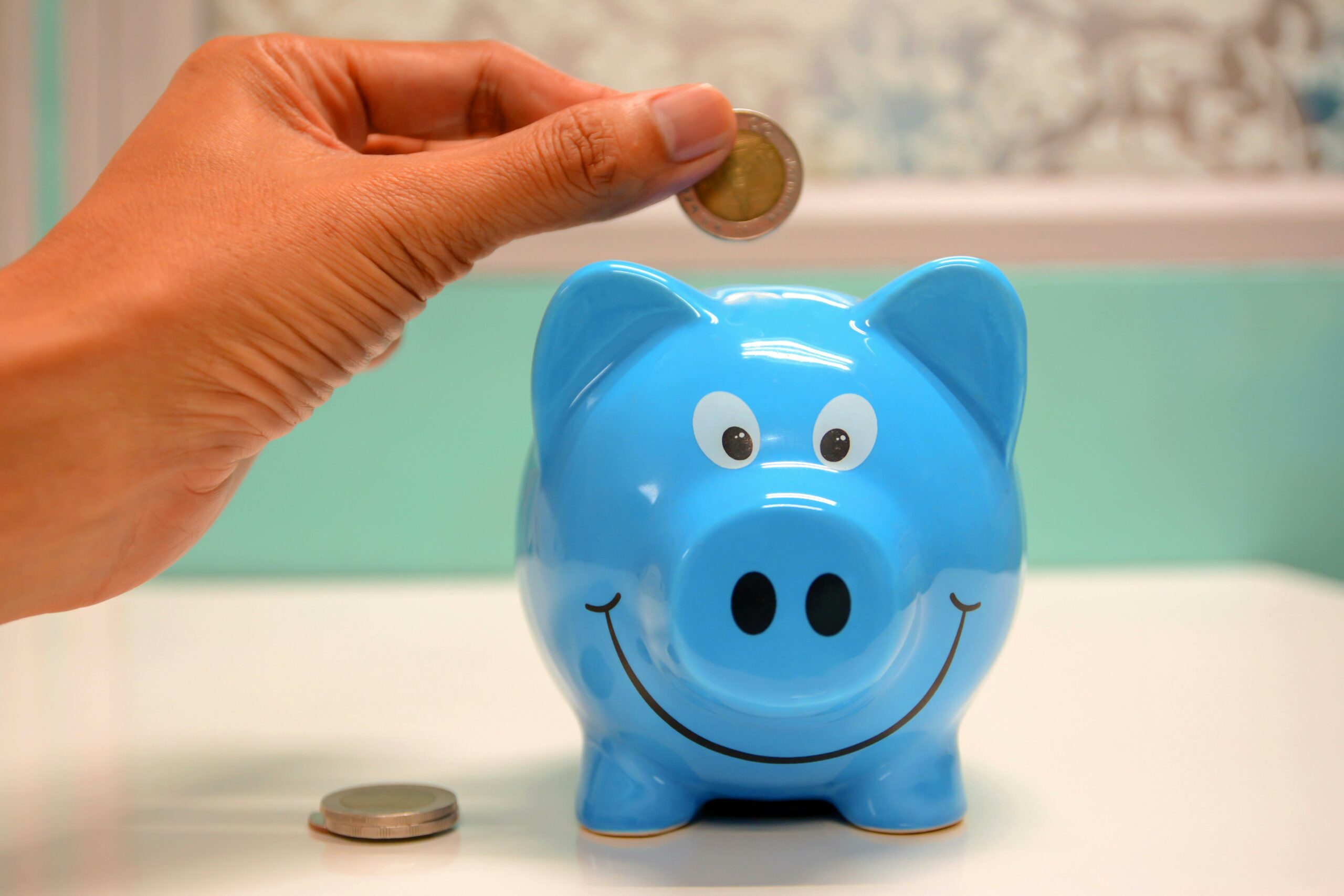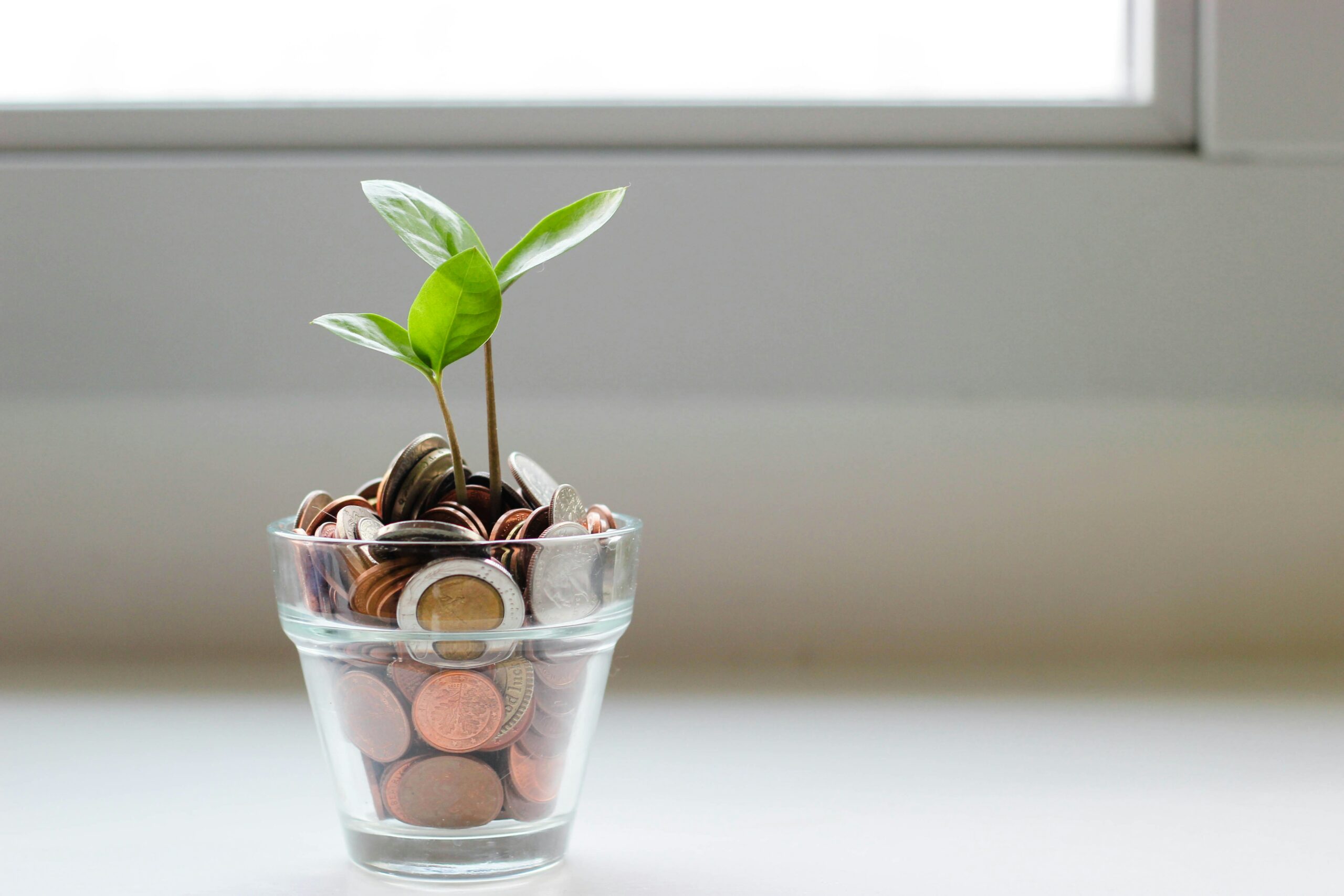You’ve probably been told your whole life to save money — and on the surface, it makes perfect sense.
Put cash in the bank, let it sit there “safely,” and build a cushion for the future.
But here’s the uncomfortable truth:
If you’re still saving money in a regular bank account in 2025, you’re losing money every single day.
This article will explain why traditional savings accounts are financially outdated, how inflation and poor interest rates are eroding your wealth, and — most importantly — where smarter savers are putting their money now.
Why “Saving” the Old Way Doesn’t Work Anymore
Let’s start with a hard fact:
Most traditional savings accounts from big banks (Chase, Bank of America, etc.) offer interest rates under 0.05% APY — even in 2025.
That means:
On $10,000 saved, you’ll earn just $5 per year.
Meanwhile, inflation might erode your money’s buying power by 3–6% annually.
You’re earning nothing while the value of your money declines.
Problem 1: Low Interest Rates = Lost Growth
Traditional banks are secure — but they’re not generous.
They profit by loaning out your money and paying you the smallest return possible.
If your savings aren’t at least keeping pace with inflation, you’re actually going backward.
Compare this:
| Savings Location | Typical APY | $10,000 in 1 Year |
|---|---|---|
| Big Bank Savings | 0.01%–0.05% | $10,005 |
| High-Yield Account | 4.00%–5.00% | $10,400–$10,500 |
That’s a $400–$500 difference per year — just for moving your savings to a better account.
Problem 2: Inflation Eats Unprotected Cash
In 2025, inflation is still part of daily financial life.
Even “mild” inflation (3–4%) means that every dollar you save buys less next year than it does today.
If you’re holding large amounts of money in a no-interest or low-interest account, you’re quietly bleeding value.
Saving is essential — but where you save matters even more now.
Problem 3: False Sense of Security
A regular savings account feels safe.
It’s easy to access. It’s familiar. But psychologically, it also:
Encourages stagnation
Makes your money invisible to growth
Creates a false sense of “I’m doing enough”
Real financial progress comes from intention — not just in how much you save, but in how you save it.
If you’re still saving the old way, it’s time to upgrade.
Here’s where smart savers are putting their cash in 2025:
Smarter Alternatives to Regular Bank Accounts
1. High-Yield Savings Accounts (HYSAs)
These online banks offer 4.00%–5.25% APY, depending on the provider.
Popular options include:
Ally Bank
SoFi
Marcus by Goldman Sachs
Capital One 360 Performance Savings
Why they’re better:
FDIC-insured
No monthly fees
Interest actually compounds
Related: Track your savings growth with 5 Easy Budgeting Apps to Take Control of Your Money
2. Treasury I Bonds and T-Bills
For mid-term savings (6–12 months or more), I Bonds and Treasury Bills offer safe, inflation-protected growth.
Key features:
Backed by the U.S. government
Historically beat savings rates
Interest adjusts for inflation
They’re not good for everyday access — but great for “set-it-and-forget-it” saving goals like:
Emergency funds
Vacation planning
Down payment stashes
3. Fintech Apps With Built-In Smart Saving
Apps like Qapital, Monarch Money, and Digit help you save automatically by:
Rounding up purchases
Triggering saving rules
Moving money into high-yield accounts in the background
These tools eliminate the need for discipline — savings happens automatically.
4. Short-Term CDs (Certificate of Deposit)
For people who don’t need instant access to funds, a 6- or 12-month CD at a good rate (5%+) locks in a guaranteed return.
Best used for:
Saving for a big expense within a year
Parked emergency cash
Getting better rates than a regular account without full investment risk
How to Transition Without Losing Access or Control
Here’s a simple strategy to shift out of your low-yield bank account without sacrificing safety:
Keep your checking account where it is — for bills and spending
Open a high-yield savings account (free, online — takes 10 minutes)
Move your emergency fund and sinking funds there
Automate transfers from checking to HYSA weekly or monthly
Track it all in a budgeting app like Monarch or Mint
Related: Build a daily money habit with 10 Daily Habits That Will Make You Financially Stronger Over Time
Common Objection: “But I Don’t Want to Take Risks”
That’s fair — and you shouldn’t take unnecessary risks with savings.
But keeping your money in a bank account earning 0.01% is not safe — it’s just invisible risk.
By switching to FDIC-insured high-yield options or inflation-protected bonds, you’re not taking more risk — you’re reducing it.
How Much Should Stay in a Savings Account?
Here’s a rough framework:
| Use Case | Recommended Placement |
|---|---|
| Daily spending | Checking account |
| Emergency fund | High-yield savings (liquid) |
| 6–12 month goals | I Bonds, CDs, or HYSAs |
| Long-term goals | Investments (not savings) |
Conclusion
Saving money is essential — but where you save determines whether that money works for you… or silently shrinks.
In 2025, regular savings accounts are simply outdated.
If you want to:
Beat inflation
Protect your purchasing power
Actually build wealth with your cash
…then it’s time to stop letting your bank hold your money hostage at 0.01%.
Switch to smarter tools.
Track your growth.
And make your money actually move you forward — not just sit still.





